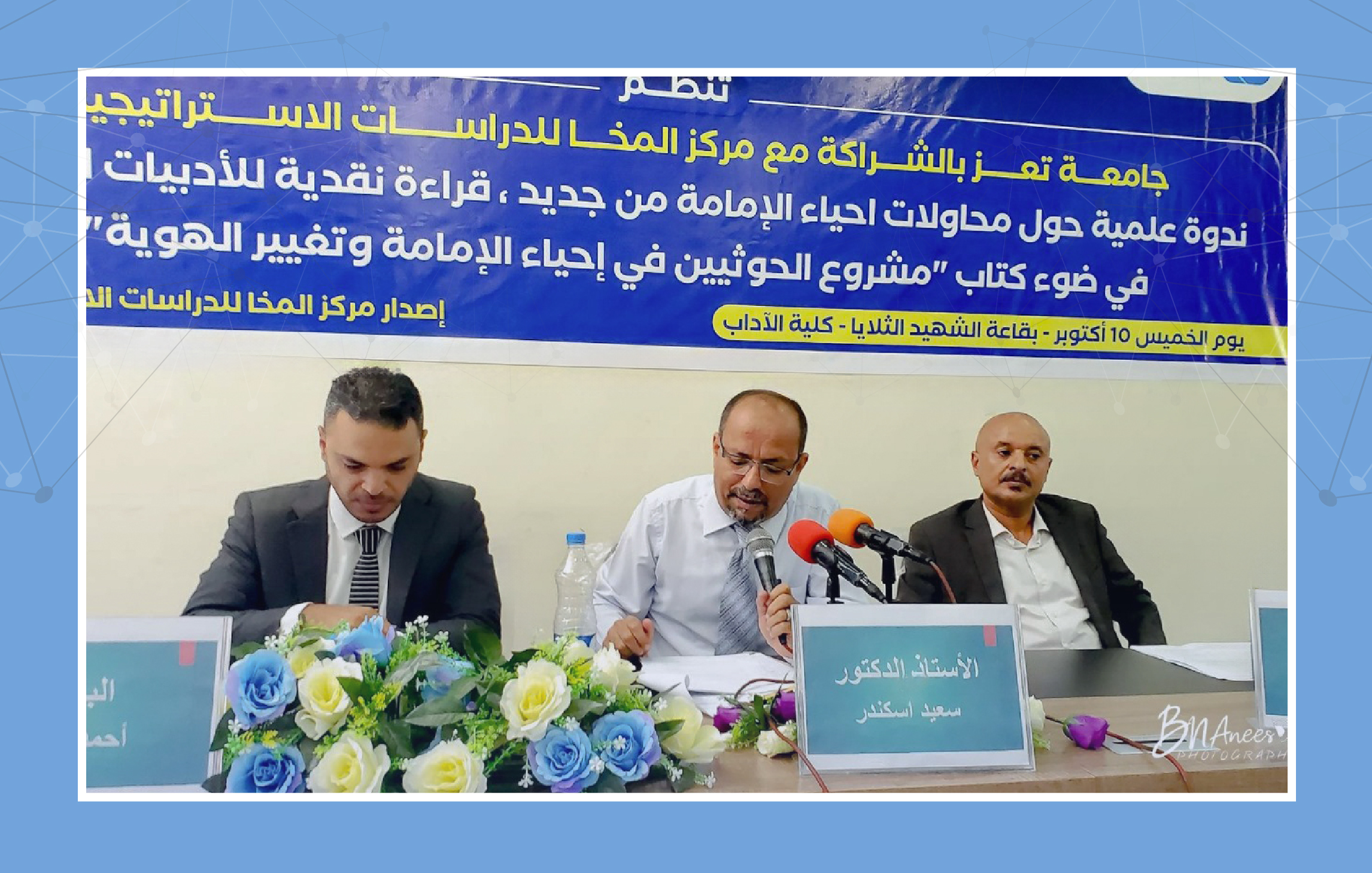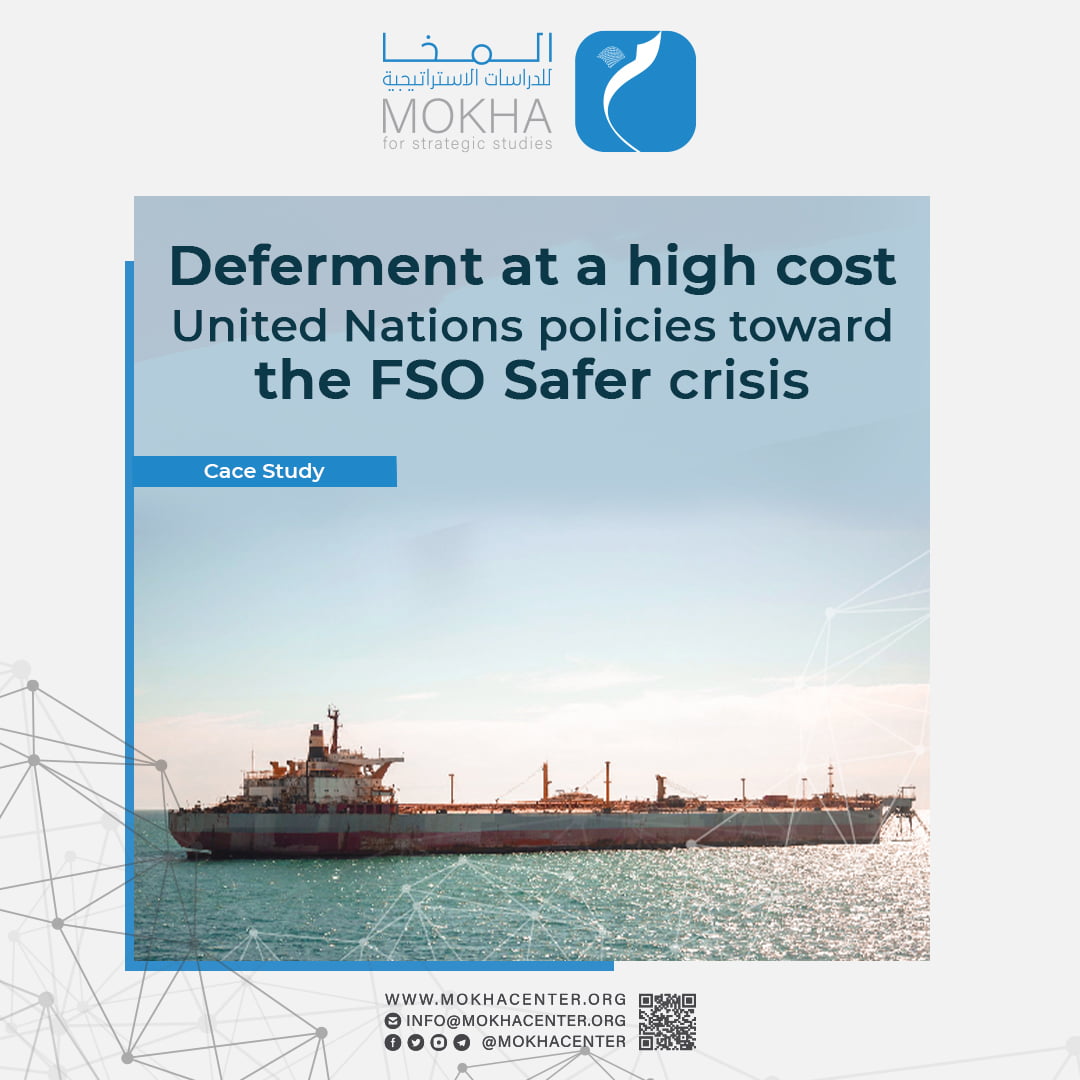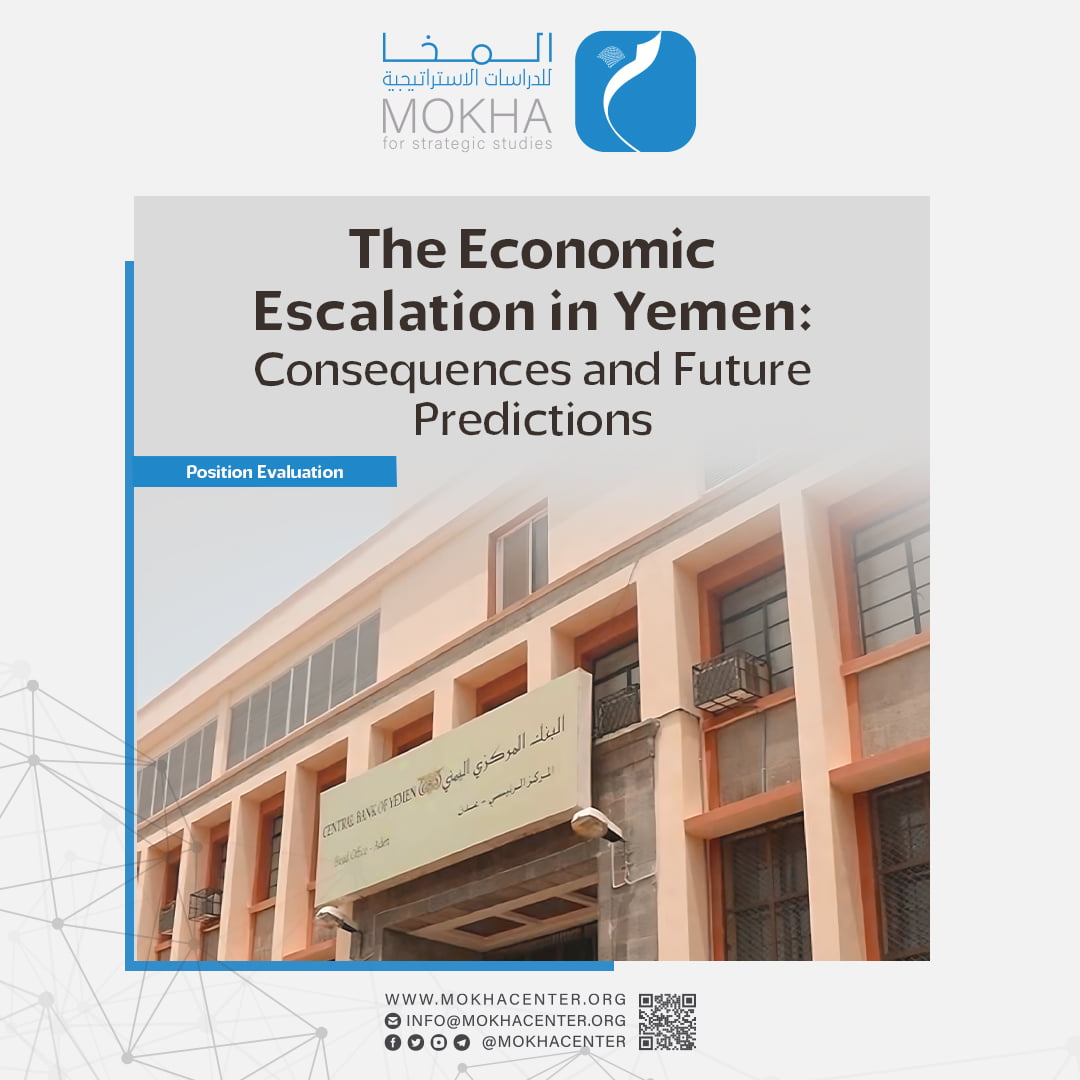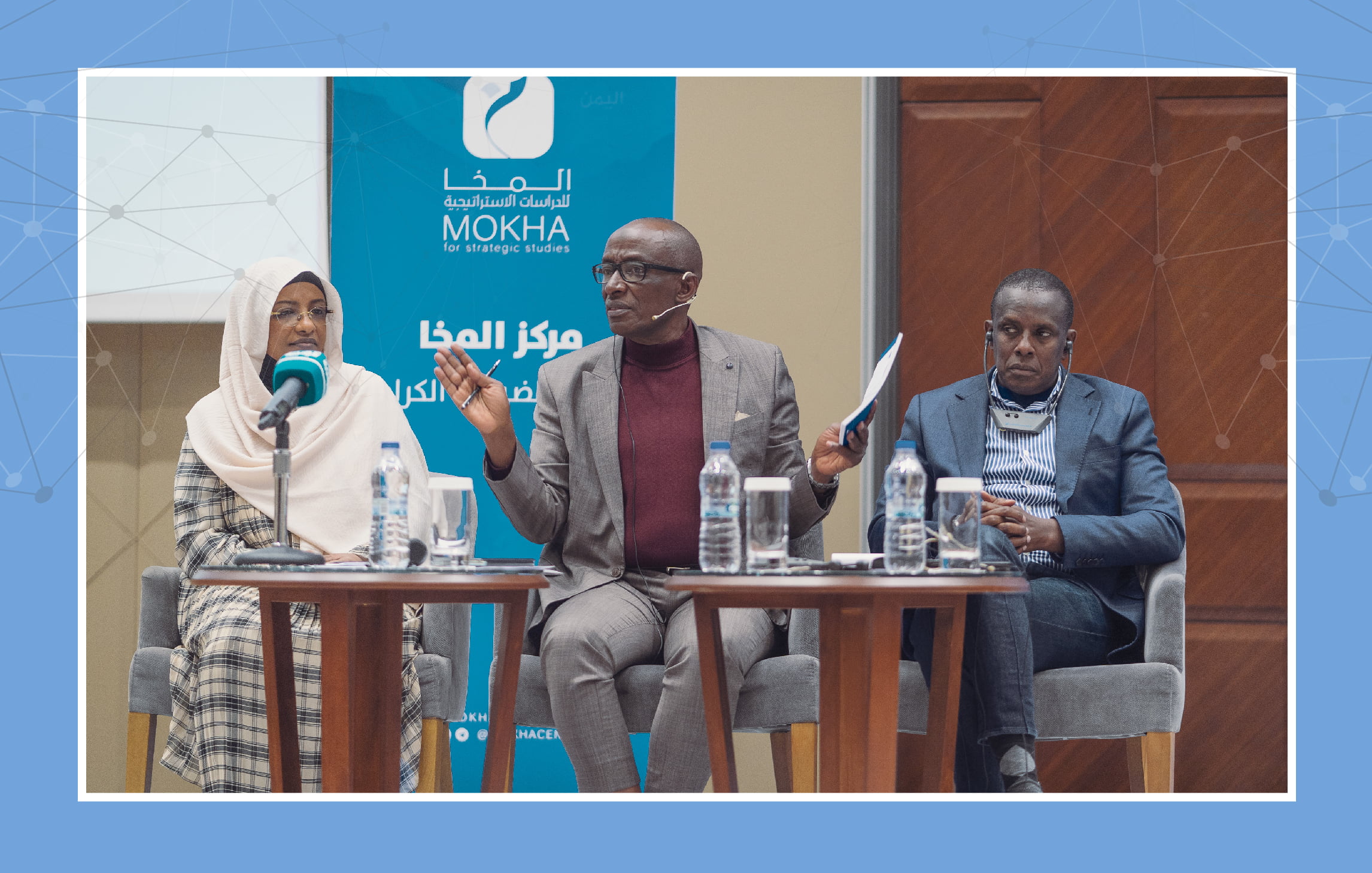The future of the democratic process and political pluralism in Yemen
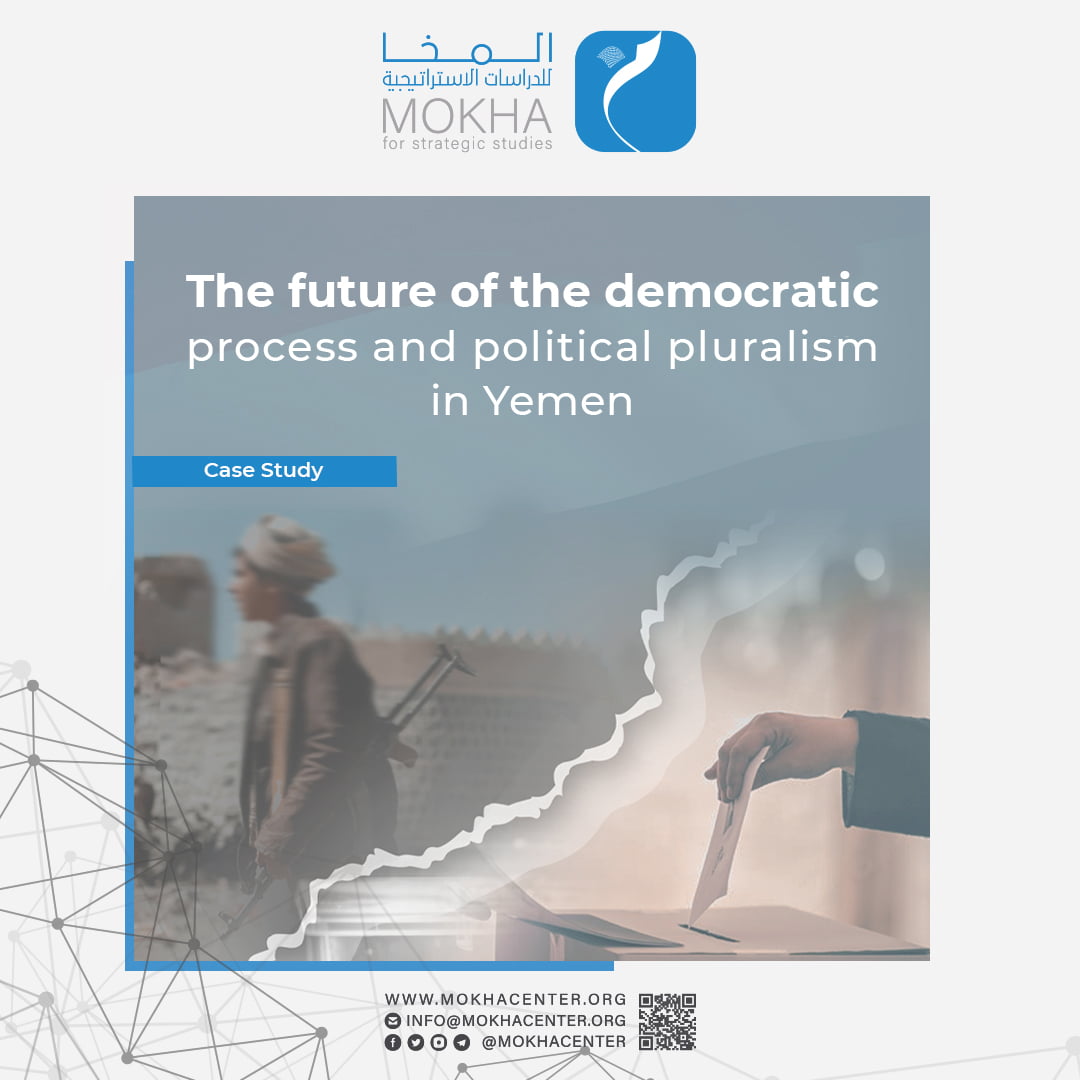
| Getting your Trinity Audio player ready... |
Abstract:
On May 22, 1990, the Republic of Yemen was formally established, marking the unification of the Yemen Arab Republic (north) and the People’s Democratic Republic of Yemen (south) into a single entity. This historic event was facilitated by an agreement signed by the leadership of both regimes, led by Ali Abdullah Saleh and Ali Salem Al-Bayd, which outlined the formation of a five-member presidential council and a parliament comprising the Shura Council (North) and the People’s Council (South), along with 31 members appointed by the Presidential Council. The transitional period was set at two years and six months.
On May 15-16, 1991, a referendum was held to ratify the constitution of the unified state, which emphasized the people’s ownership and exercise of power through direct and indirect means, including through elected local councils. Article 39 of the constitution guaranteed citizens the right to organize politically, professionally, and in trade unions, as well as the freedom to form scientific, cultural, and social organizations and national unions.
These steps marked a significant move towards democratic processes and multi-party pluralism, further solidified in the constitutional amendments of 1994. Article 5 of these amendments explicitly stated that the political system of the Republic was based on political and partisan pluralism, with the aim of peacefully transferring power and regulating political activity.
However, the issuance of Law No. 66, the “Political Parties and Organizations Law,” on October 17, 1991, led to the proliferation of political parties and organizations in Yemen. While initially seen as a democratic and political gain for Yemeni society, this period was also characterized by imbalances and shortcomings in implementation, ultimately leading to political stagnation and, eventually, comprehensive war in 1994 and a popular revolution in 2011.
Instead of upholding the democratic path as agreed upon by various Yemeni factions, the coup forces following the events of September 21, 2014, deliberately suppressed peaceful political processes and resorted to armed violence to achieve their goals.
This paper examines the state of democracy and party politics in Yemen since 2014 and speculates on the future of the democratic process and party pluralism in light of the ongoing conflict that has engulfed the country since the September 21, 2014 coup.
